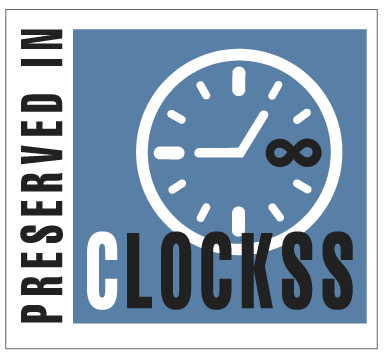Abstract
The necessity for image encryption has grown significantly, especially the rapid development of the Internet of Things (IoT) fast development and the ease with which images can be taken and transferred, including those related to travel, health care, the agricultural sector, the military and autos. Additionally, since every image has significant characteristics like size, high correlation, and massive redundant positions, encrypting it with a conventional key via IoT communication technology exposes it to numerous threats. Chaotic image cryptography is considered the most suitable method for image application due to its sensitivy to the initial conditions and control parameters. This research contributes in encrypted image devoid of statistical information to make cryptanalysis impossible. Thus, this research offered a new algorithm based on confusion and diffusion to strengthen the algorithm security. In essence, the confusion method creates random numbers for the block shuffling approach using Lorenz and Rossler system. Nonetheless, RC4 cipher and XOR operation are utilized in the diffusion approach. A very low value (x10-3) of the correlation between neighboring pixels was achieved. Moreover, to prevent brute force attacks, the key space was expanded to a relatively large 2594 and key sensitivity. The resultant encrypted image is free of statistical features in terms of histogram and entropy since a histogram was idealized to be completely equal in all instances and the entropy produced was almost equal to the ideal value(8).
Keywords
Chaotic Blocks, Image Encryption, Lorenz System, RC4, Rossler System
Subject Area
Computer Science
Article Type
Article
First Page
1692
Last Page
1702
Creative Commons License

This work is licensed under a Creative Commons Attribution 4.0 International License.
How to Cite this Article
Chalob, Donia Fadil; Hasan, Rusul Hussein; and Abbas, Farah Neamah
(2025)
"Image Encryption based on Chaotic Blocks Shuffling and RC4,"
Baghdad Science Journal: Vol. 22:
Iss.
5, Article 27.
DOI: https://doi.org/10.21123/bsj.2024.9781








